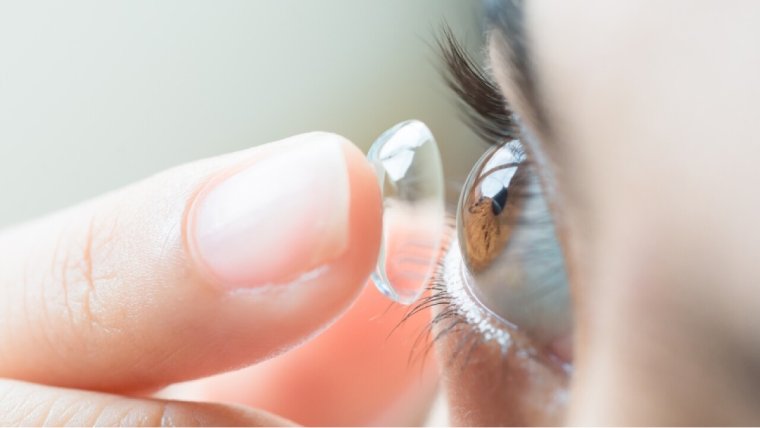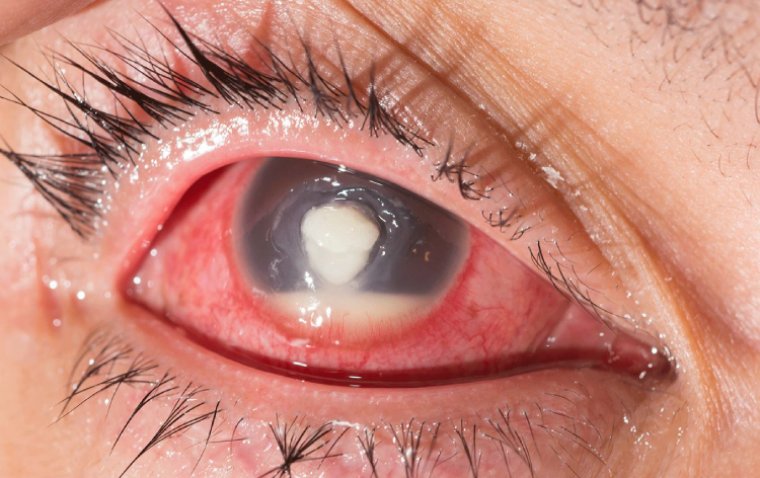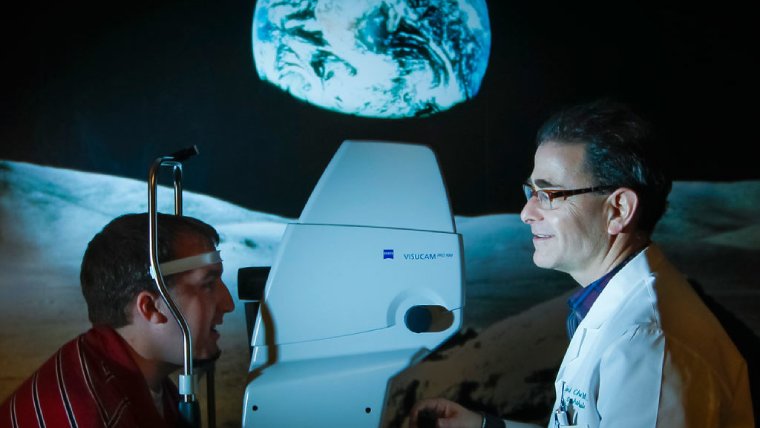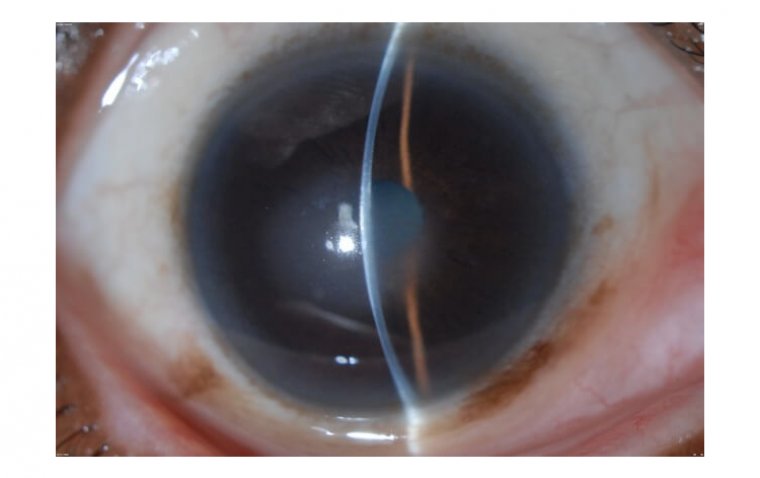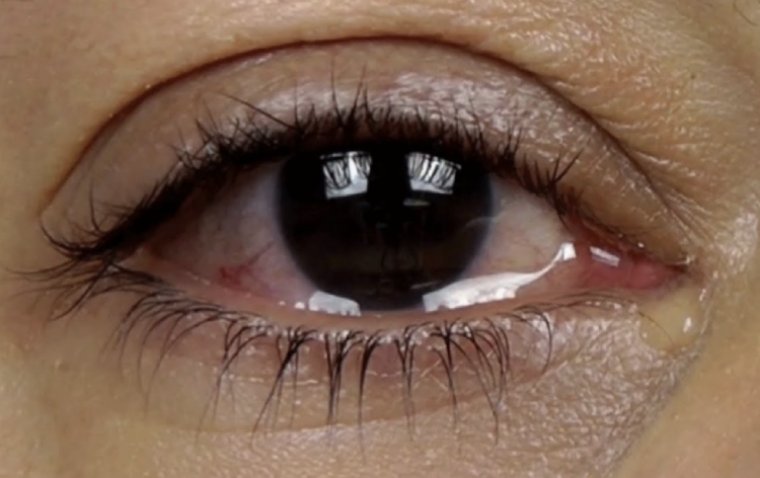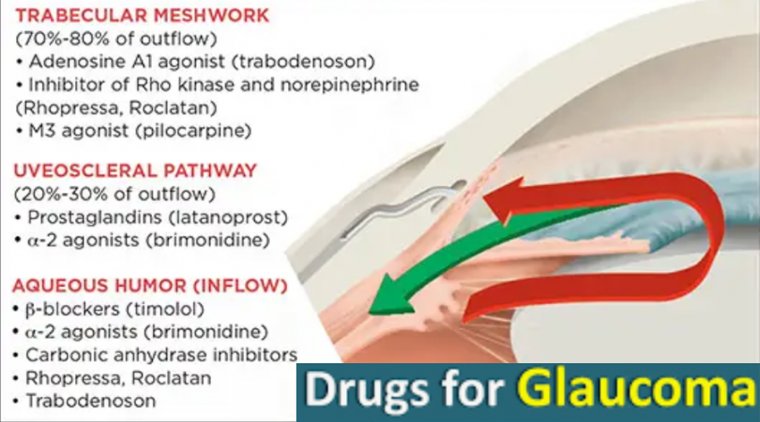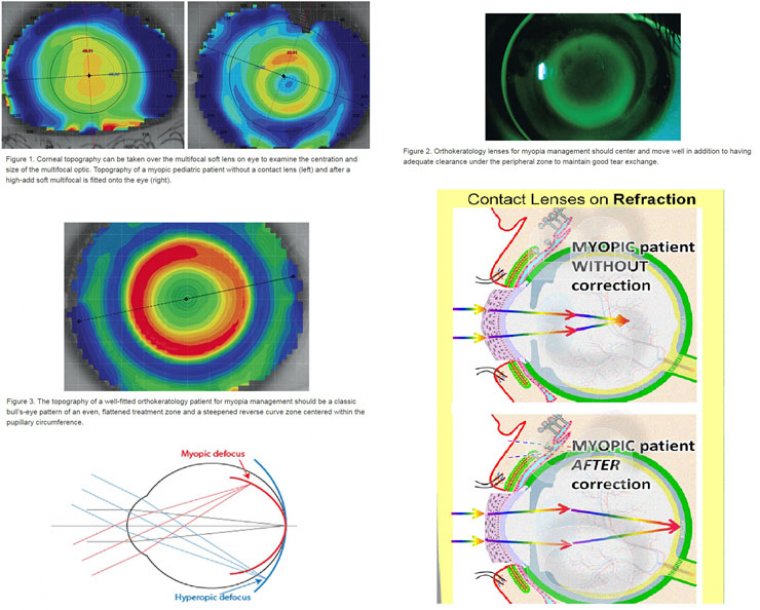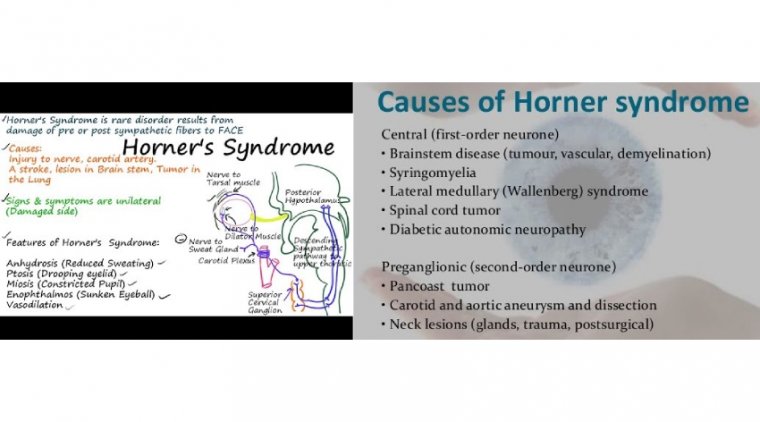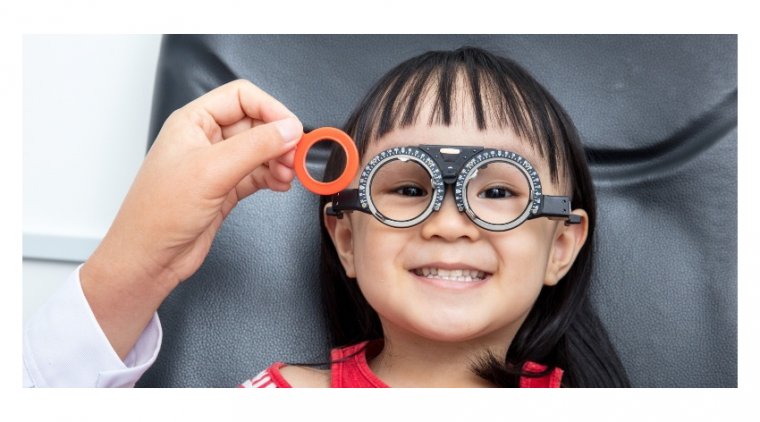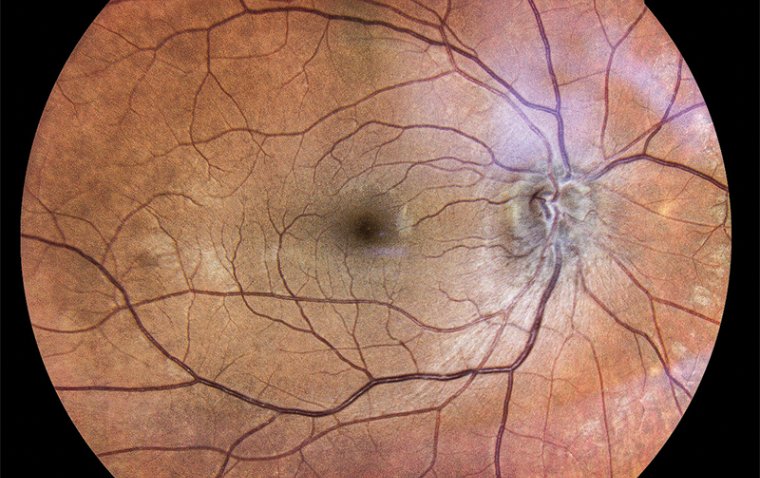
Inward Turning Eyelids: A Comprehensive Guide to Entropion
What Is Entropion?
Entropion is an eye condition where the eyelid turns inward, causing the lashes and skin to rub against the eye's surface. This can lead to discomfort, irritation, and damage to the cornea. In this article, we will discuss the definition, types, causes, and differences from ectropion.
Types of Entropion
1. Involutional Entropion: This type of entropion is caused by the natural aging process, which leads to a loss of skin elasticity and the weakening of the muscles that control the eyelid.
2. Congenital Entropion: This type of entropion is present at birth and is caused by a malformation of the eyelid.
3. Spastic Entropion: This type of entropion is caused by muscle spasms, which cause the eyelid to turn inward.
4. Cicatricial Entropion: This type of entropion is caused by scarring of the eyelid, usually as a result of injury, infection, or surgery.
What Causes Entropion?
Muscle Weakness: Muscle weakness is one of the most common causes of entropion. As a person ages, the muscles that support the eyelids can weaken, causing the eyelids to turn inward.
Scars or Previous Surgeries: Scars or previous surgeries around the eyelids can cause entropion by changing the shape or position of the eyelid.
Eye Infection: Chronic eye infections can lead to entropion due to the inflammation and scarring they cause. The inflammation can affect the eyelid's position and cause it to turn inward.
Inflammation: Inflammation of the conjunctiva, which is the thin membrane that covers the white part of the eye, can cause entropion. This condition is known as cicatricial entropion, and it is usually caused by autoimmune diseases such as pemphigoid or Stevens-Johnson syndrome.
Developmental Complication: Congenital entropion can occur due to a developmental complication. In some cases, children are born with an eyelid that turns inward, which can cause irritation and damage to the cornea.
What’s the Difference Between Entropion vs. Ectropion?
|
Treatment Options |
Description |
|
Soft Contact Lens |
In some cases, a soft contact lens can be used to protect the eye surface from the inward-turned lashes and skin. The lens acts as a barrier between the eye and the eyelid, reducing irritation and discomfort. However, this is not a long-term solution and should be used in combination with other treatments. |
|
Botox |
Botox injections can be used to temporarily weaken the muscles that pull the eyelid inward. This can provide relief from entropion symptoms and delay the need for surgery. However, the effects are temporary, and multiple injections may be required over time. |
|
Stitches that turn the eyelid outward |
This procedure, called a lateral tarsal strip, involves using stitches to tighten and reposition the eyelid, so it no longer turns inward. It is a relatively quick and straightforward procedure that can be done under local anesthesia. However, it may not be effective for severe cases of entropion. |
|
Skin tape |
In mild cases of entropion, skin tape can be used to pull the eyelid outward and away from the eye surface. The tape is placed on the eyelid and attached to the forehead, holding the eyelid in place. However, this is not a long-term solution and may not be effective for severe cases. |
|
Surgery |
Surgery is often the most effective and long-lasting treatment option for entropion. The procedure involves tightening or repositioning the muscles and tissues that support the eyelid to prevent it from turning inward. The specific surgery will depend on the underlying cause and severity of the entropion. Recovery time can vary, but most people can return to normal activities within a few weeks. |
It's important to note that the specific treatment plan for entropion will depend on the underlying cause and severity of the condition. A qualified ophthalmologist can help determine the best course of action for each individual case.
In conclusion, entropion is a condition where the eyelid turns inward, causing discomfort and irritation. There are four types of entropion, and it can be caused by a variety of factors. Ectropion is a similar condition, but the eyelid turns outward, away from the eye. If you are experiencing symptoms of entropion or ectropion, you should see an eye doctor for diagnosis and treatment.
(1).jpg)
